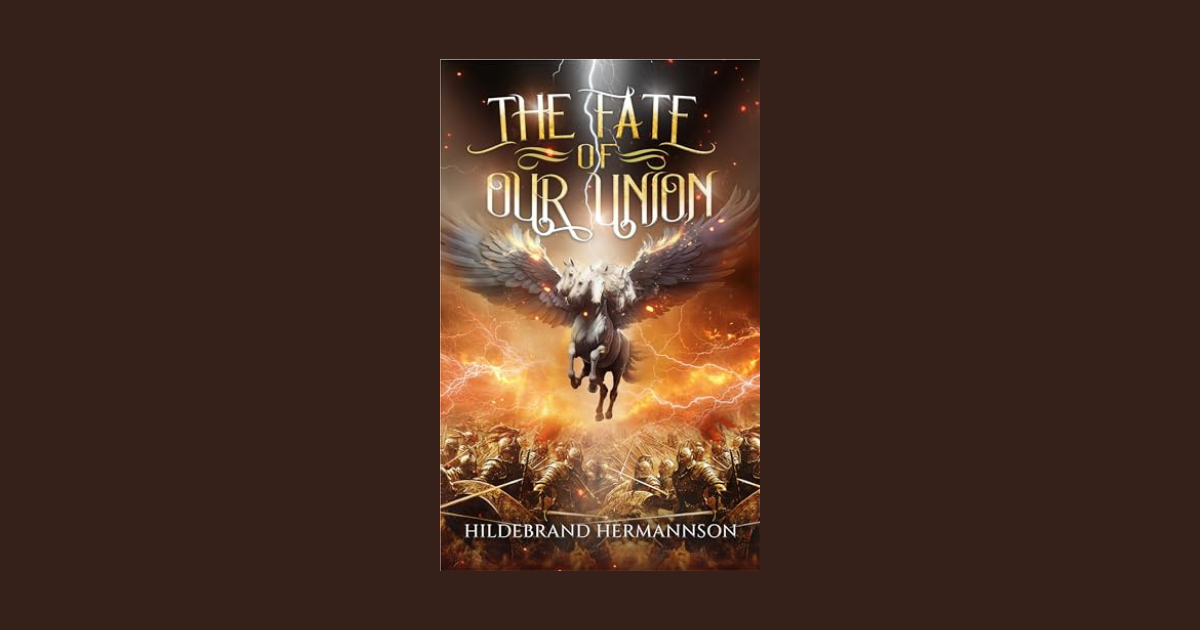The world is in rough shape. The future looks bleak. Something needs to be done. But what?
Francis Ford Coppola isn’t quite sure. But he’s certain something needs to be done. So why not take the $120 million he earned selling his winery and use it to make a movie about how something needs to be done?
That appears to be the animating impulse behind Coppola’s Megalopolis, a project the fearless auteur behind The Godfather, The Conversation, and Apocalypse Now spent decades dreaming about before finally financing it himself. The end result, after all that conceptualizing, is truly one of the most idiosyncratic motion pictures of the 21st century.
Megalopolis feels both overcooked and half-baked, jammed with equal amounts of bold ideas and total nonsense. Parts are jaw-droppingly gorgeous; others look shockingly shabby. It’s deeply personal and occasionally borderline incoherent. It’s pleading with the audience — with the whole world! — to come together for the sake of a brighter future. But how?
READ MORE: The Worst Films By the 20 Great Directors
Coppola isn’t so egomaniacal as to think he has the answers. Instead, he presents what the onscreen subtitle terms “a fable” conflating contemporary America with ancient Rome. In a version of New York City renamed “New Rome” (the squad cars even read “NRPD” on the side), the corrupt and old-fashioned Mayor Franklyn Cicero (Giancarlo Esposito) clashes with a visionary architect named Cesar Catilina (Adam Driver) over the latter’s dream of tearing down old buildings in order to put up high-tech ones made out of “Megalon,” a building material of Cesar’s own invention that can stop time and possesses other vaguely defined magical abilities.
Like a classical myth from antiquity, the turf war between Cicero and Cesar spills out into their respective families, including the mayor’s beautiful socialite daughter Julia (Nathalie Emmanuel), who takes an interest in Cesar’s bold architectural ideas, and Cesar’s power-hungry cousin Clodio (Shia LaBeouf), who craves his family fortune, which is controlled by aging banker Hamilton Crassus III (a wide-eyed Jon Voight).
At a surreal press conference held on catwalks above an enormous model of New Rome, Cesar lays out his vision for “Megalopolis,” a futuristic utopia that he wants Cicero to let him build. A few scenes later, though, Cesar tells his mistress, the amoral cable news journalist named Wow Platinum (Aubrey Plaza), that the actual form of Megalopolis itself is meaningless. All that matter is that people take the idea seriously and engage with the questions such a place raises.
This is one of the many times in Megalopolis when Coppola appears to be speaking directly to the audience through Driver. The New York Film Festival’s special presentation of the film was preceded by a panel discussion featuring Robert De Niro, Spike Lee, and Coppola, who earnestly recited some of Driver’s dialogue from the film verbatim. He told the audience in attendance that he firmly believes that mankind holds the solution to creating a brighter tomorrow, if we can just get our act together and build it.
Beyond that laudable but extremely nebulous sentiment, though, Megalopolis doesn’t say much, or offer any concrete steps toward achieving this grand vision of a utopian tomorrow. (The film does suggest it would definitely be helpful if the guy stumping for this utopia was an architect as handsome and charismatic as Adam Driver who also invented a substance that defied the laws of physics. If someone could get on that, that would be great.)
Megalopolis’ story is equally ill-defined. It goes down several blind alleys to no discernible purpose, introduces extremely familiar faces for what amount to walk-on cameo roles (Dustin Hoffman shows up for a couple needless scenes; Laurence Fishburne plays the narrator and also Cesar’s right-hand man — until late in the film when he just kind of vanishes and never returns.) The whole film hinges on Megalon, yet what it can do, where it comes from, or how it connects to Cesar’s much-discussed late wife and her death (or murder?) is never explained at all.
That’s not to say the film is boring; there is always something surprising around every corner in Megalopolis. In one scene, characters start speaking in Latin. Jason Schwartzman plays the drums at one point! Aubrey Plaza engineers a corporate takeover while straddling Shia LaBeouf on a conference room table! A virginal pop star (Grace VanderWaal) performs in a dress made out of a Megalon that turns her body invisible!
And yet sprinkled throughout this story that is sometimes silly are some genuinely gorgeous visuals. In one scene, Cesar and Julia fall in love at magic hour high above New Rome on a whimsical construction site. They discuss an artist’s ability to metaphorically freeze time through their work, then Julia implores Cesar to literally stop time. When they kiss, that’s exactly what happens. It’s a lovely sequence.
Later, Coppola shifts into an elaborate montage that combines history and fantasy, with the frame split into three vertical sections, each cycling through different interconnected images. It’s like something Dziga Vertov might have made if you gave him access to an IMAX camera and Final Cut Pro. I loved it. That’s why, as much as I was baffled (and occasionally annoyed) by parts of Megalopolis, I won’t entirely dismiss it.
Still, I can’t entirely understand why some scenes, like the one on that rooftop with Cesar and Julie, look gorgeous, while others look like rejected animatics from Jurassic World sequels. Despite the quotations from and allusions to great works of art and literature — at one point Cesar performs Hamlet’s “To be, or not to be” soliloquy because, like, that’s the question, man — the filmmaker I thought about repeatedly during Megalopolis was Neil Breen, the eccentric independent who’s spent years making oddball movies he writes, directs, and stars in himself. (Many of his heroes possess Cesar-like intellects and magical powers too.)
Breen’s movies are not good in any conventional sense, and they are rarely lucid. But they do seem to come from a place deep inside the man, who is earnestly speaking from his heart about whatever weird crap he has rattling around in his head any given point. And because he pays for these things himself, no one can stop him from doing whatever the heck he wants. You can call his movies bad, but you can’t deny they are also pure.
The same goes for Megalopolis. It’s a Messalopolis of story tangents, verbal digressions, and unforgettable images. But whatever other value judgments I want to assign to its screenplay, its performances, and its overall clarity, I find it very hard to dislike something that an artist sacrificed his fortune to make.
Additional Thoughts:
-Before the New York Film Festival Megalopolis screening began, an onscreen disclaimer warned “This Presentation Features a Live Participant Element in Theater.” At one point in the film, a man from the audience (I don’t know where he came from or who he was) approached the screen and asked a question to Adam Driver, who appeared to listen to the query and give his response. It was very brief, and I’m not quite sure it served much of a purpose beyond underscoring Coppola’s message that we need to break free of the old and dream up the new — but I liked the novelty of it anyway. (I believe the interactive scene will be repeated at special IMAX screenings around the country during the film’s wide release as well.)
-After finishing my review, I glanced at Megalopolis’s Letterboxd page to see what other viewers thought. Some of the reviews were five-star raves, praising Coppola’s audacity and vision. Others eviscerated the movie for its illogical narrative and a cast where no one seems to be on the same page. I found that I agreed with every single thing in every single review, both good and bad. It’s that sort of film. And it deserves that sort of rating.
RATING: ¯\_(ツ)_/¯

12 “Fake” Songs from Movies That Are Actually Great
This is what happens when a song that is “already” a hit in a film escapes the matrix and becomes a hit in real life.
Gallery Credit: Emma Stefansky
























































![Social Media Spring Cleaning [Infographic] Social Media Spring Cleaning [Infographic]](https://imgproxy.divecdn.com/9e7sW3TubFHM00yvXe5zvvbhAVriJiGqS8xmVFLPC6s/g:ce/rs:fit:770:435/Z3M6Ly9kaXZlc2l0ZS1zdG9yYWdlL2RpdmVpbWFnZS9zb2NpYWxfc3ByaW5nX2NsZWFuaW5nMi5wbmc=.webp)
![5 Ways to Improve Your LinkedIn Marketing Efforts in 2025 [Infographic] 5 Ways to Improve Your LinkedIn Marketing Efforts in 2025 [Infographic]](https://imgproxy.divecdn.com/Hv-m77iIkXSAtB3IEwA3XAuouMwkZApIeDGDnLy5Yhs/g:ce/rs:fit:770:435/Z3M6Ly9kaXZlc2l0ZS1zdG9yYWdlL2RpdmVpbWFnZS9saW5rZWRpbl9zdHJhdGVneV9pbmZvMi5wbmc=.webp)













